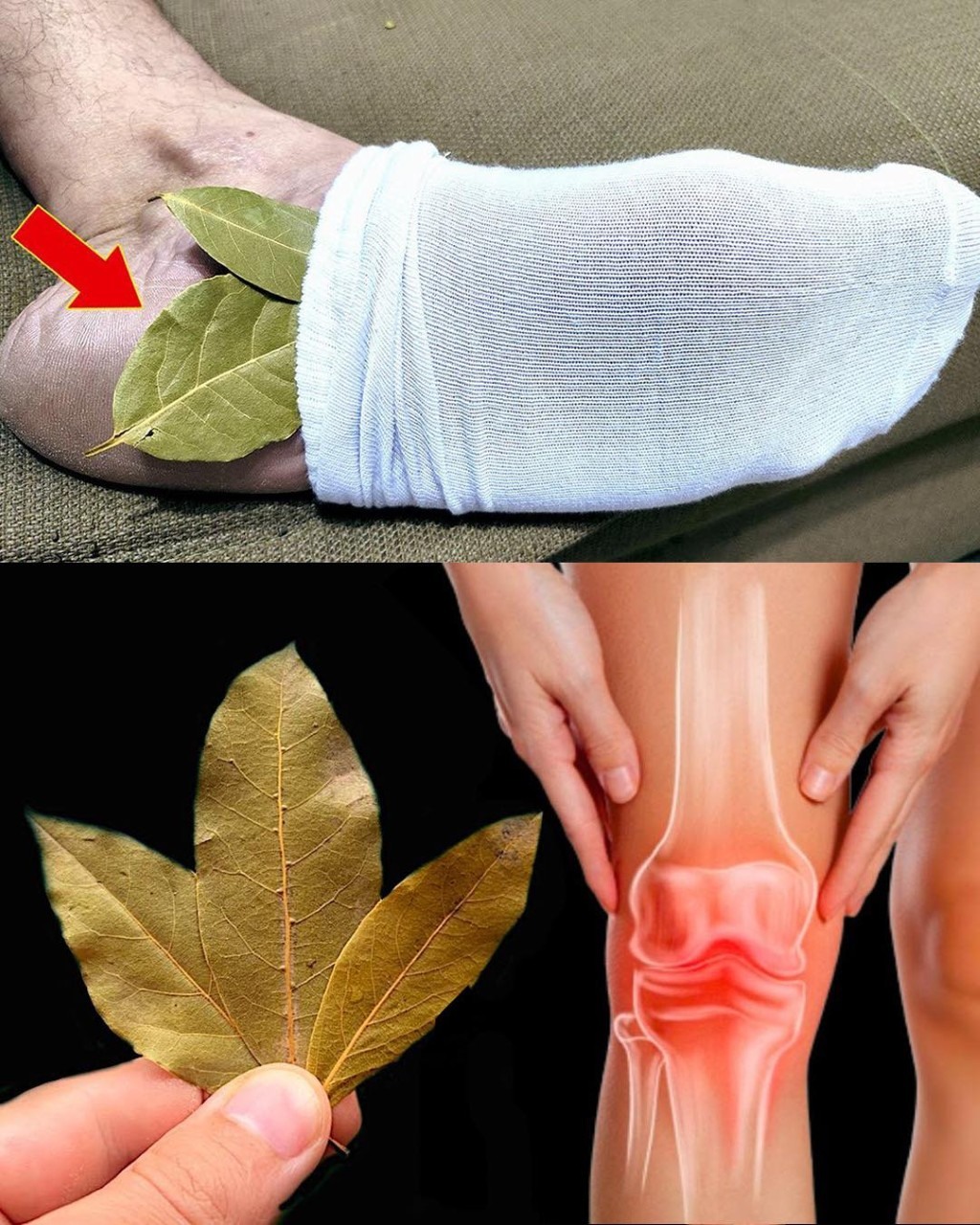The Bay Leaf Sock Trick: Natural Remedy or Old Wives’ Tale?
You’ve probably used bay leaves to add depth to a stew, but have you ever considered tucking one into your sock? This ancient folk remedy is gaining traction online, promising relief from pain and inflammation. Let’s explore the claims and the science behind them.
The Claim: How It’s Supposed to Work
Proponents of the method suggest that placing a dry bay leaf inside your sock (positioned near the heel) overnight allows the body to absorb its beneficial compounds through the skin. This is said to provide targeted relief for:
Foot and joint pain
General inflammation
Arthritis discomfort
The Science Behind the Herb: Are There Real Benefits?
Bay leaves ( Laurus nobilis) are indeed packed with potent compounds, the most notable being eugenol.
Eugenol: This is the primary active ingredient, known for its anti-inflammatory and analgesic (pain-relieving) properties. It’s commonly found in over-the-counter muscle rubs and dental analgesics.
Other Compounds: Bay leaves also contain linalool and cineole, which have additional anti-inflammatory and soothing effects.
The Important Caveat:
While these compounds are effective when extracted, concentrated, and applied topically (e.g., in essential oils), the method of simply placing a whole, dry leaf in a sock is highly debated. The skin on the soles of the feet is thick, and it’s uncertain if enough of these compounds can be absorbed in this way to have a significant medicinal effect.
How to Try the Bay Leaf Sock Method
If you’re curious to test this natural remedy, here’s how:
Select a Leaf: Use a clean, dry, whole bay leaf (culinary grade is fine).
Position It: Place one or two leaves inside your sock, so they rest against the sole of your foot, preferably near the heel.
Wear Overnight: Put on the socks and wear them while you sleep.
Be Consistent: For best results, advocates recommend repeating this nightly for at least one to two weeks.
⚠️ Important Safety Notes
Next Page

